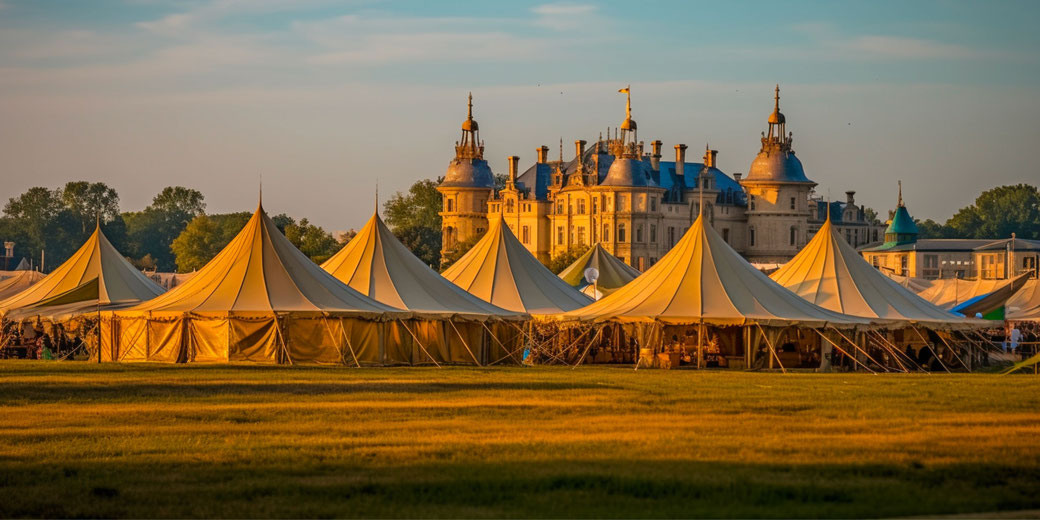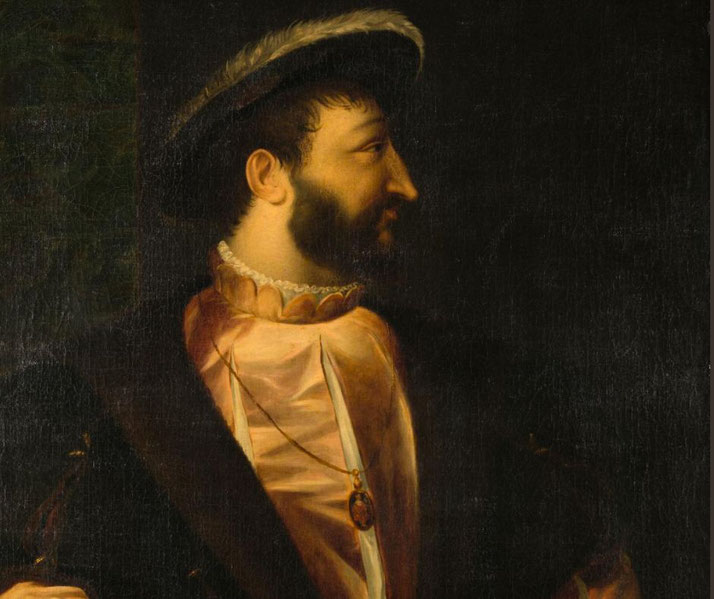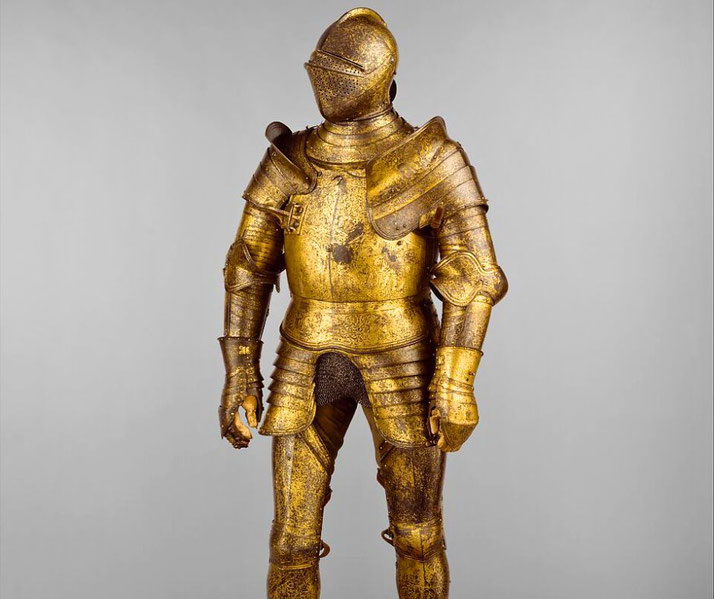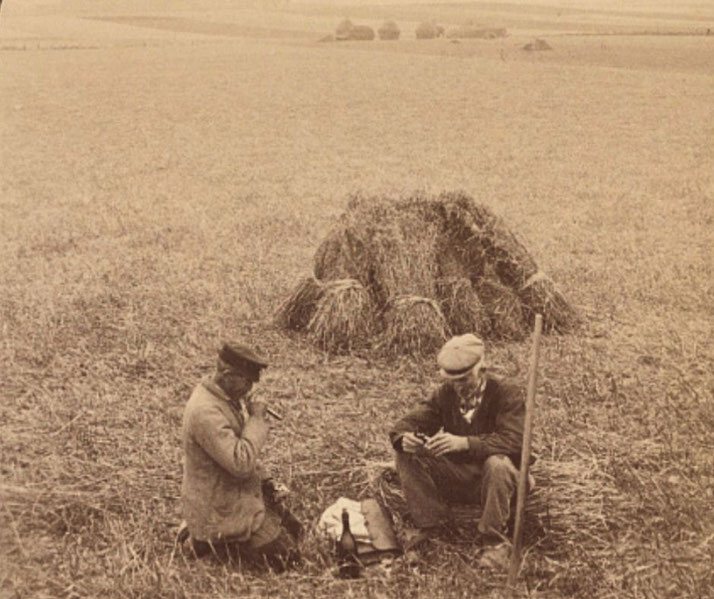The Field of the Cloth of Gold: Henry VIII's embarrassing showdown with Francis I

Amid the summer heat of June 1520, the plains near Calais played host to one of the most spectacular diplomatic events of the sixteenth century.
The meeting between Henry VIII of England and Francis I of France, which was known as the Field of the Cloth of Gold, became a theatre of excess and vanity to pursue misplaced ambition.
Though both monarchs tried to impress each other with wealth and power as a demonstration of prestige, the entire event hid deeper political rivalries.
Wolsey’s Ambitions and the European Balance of Power
In the lead-up to the meeting, Europe found itself delicately balanced between three powerful rulers: Henry VIII, Francis I, and the newly crowned Charles V, Holy Roman Emperor.
Cardinal Wolsey, who was Henry’s chief advisor and architect of English foreign policy, proposed the summit as a gesture of peace and equality between France and England.
Wolsey also aimed to strengthen his own reputation as a peacemaker across Europe.
The decision to hold the meeting near the English-controlled Pale of Calais ensured that Henry appeared generous while still operating from a position of territorial control.
Construction of the encampment began months in advance. English and French labourers toiled to erect hundreds of tents, fountains that flowed with wine, mobile palaces, which were covered in cloth woven with gold thread, and even a chapel where both monarchs could attend Mass.
Costumes, plate armour, and jewels were commissioned at immense cost, with Henry reportedly spending over £13,000, an extraordinary sum at the time.
Both sides aimed to display luxury that would impress the other and show superiority through splendour.

Festivities Concealing Rivalry
Diplomatic meetings occurred alongside banquets, tournaments, archery contests, wrestling matches, and dancing.
Yet behind the grand festivities, Henry and Francis never truly trusted one another.
Both men stood over six feet tall, prided themselves on their physical strength, and created the image of the chivalric Renaissance prince.
Neither could tolerate the idea of being overshadowed by the other. Their courtly displays became hidden contests where pageantry concealed rivalry and competition replaced diplomacy.
Among the most infamous episodes was a spontaneous wrestling match initiated by Henry.
He challenged Francis I in front of their entourages to demonstrate his strength.
Francis accepted and swiftly threw Henry to the ground. The moment humiliated the English king.
Rather than appearing dominant, he became a source of laughter at court. Though intended as a friendly test of strength, the incident exposed the insecurity at the heart of Henry’s performance.
Francis, who managed the encounter with more grace and control, walked away with his reputation enhanced.

Diplomatic Failure and Shifting Alliances
Wolsey tried to frame the meeting as a successful act of diplomacy, but events behind the scenes weakened its value.
Days before the summit, Charles V had quietly visited England and secured Henry’s support through private talks and promises.
Because Wolsey wanted to become Pope, he had reason to gain approval from the Emperor.
Less than a year after the Field of the Cloth of Gold, England and France stood on opposite sides of a conflict once again, with Henry siding with Charles V in a war against Francis I.
The impressive display in Calais, once presented as a turning point for peace, quickly proved hollow.
Financially, the Field of the Cloth of Gold strained both monarchs. For England, the costs added pressure to a treasury already weakened by past campaigns in France.
Nobles who accompanied Henry spent enormous amounts on clothing, tents, servants, and horses.
Many fell into debt as they tried to keep pace with the extravagance demanded by the occasion.
Francis, too, emptied significant resources from the French crown’s finances to fund his display, which ultimately failed to secure any lasting English support.

Prestige Lost and Pride Wounded
In retrospect, the event revealed Henry VIII’s growing focus on his personal image and his deep frustration at being treated as a lesser power on the continent.
His efforts to impress Francis only highlighted his inability to secure strategic advantages through diplomacy.
Charles V, who remained in the background throughout the festivities, emerged as the real winner.
When he avoided the spotlight and focused on private alliances, he positioned himself as the dominant force in European politics.

What do you need help with?
Download ready-to-use digital learning resources
Copyright © History Skills 2014-2025.
Contact via email
With the exception of links to external sites, some historical sources and extracts from specific publications, all content on this website is copyrighted by History Skills. This content may not be copied, republished or redistributed without written permission from the website creator. Please use the Contact page to obtain relevant permission.





